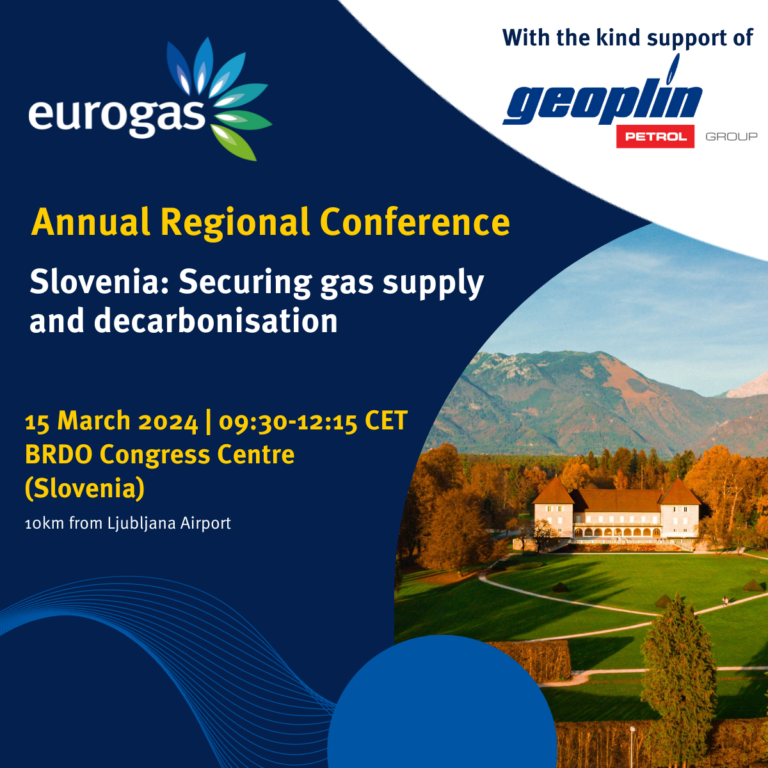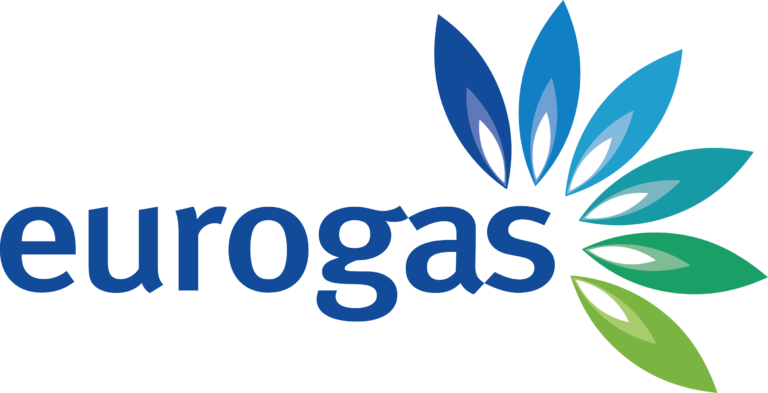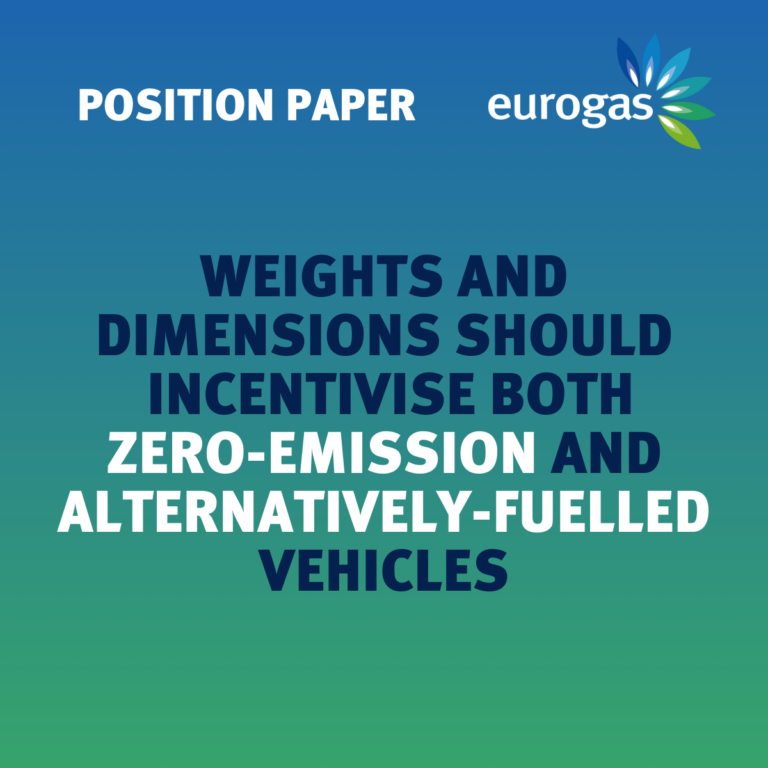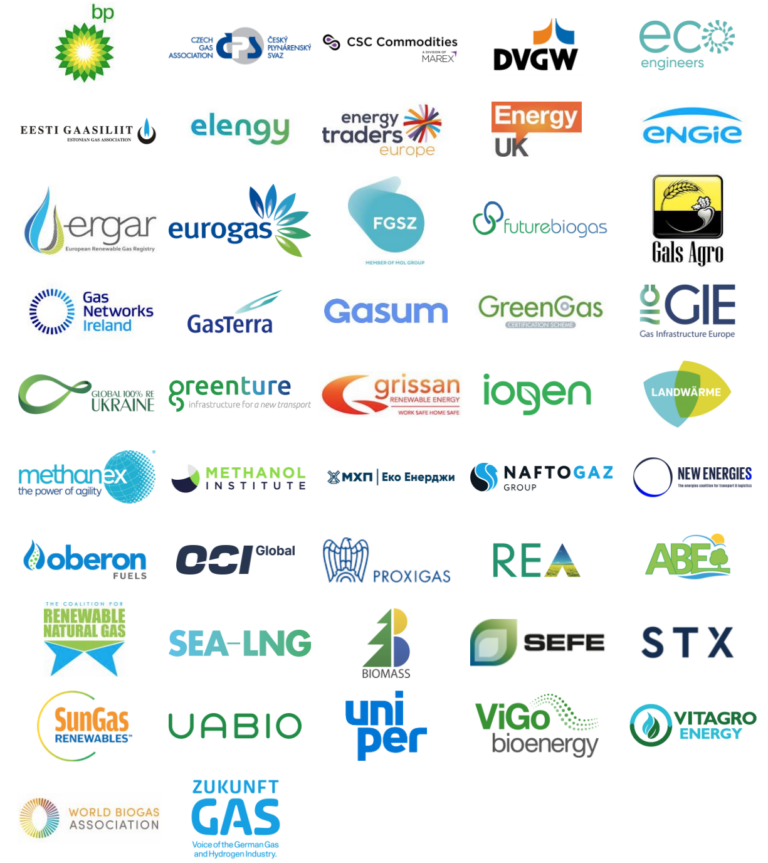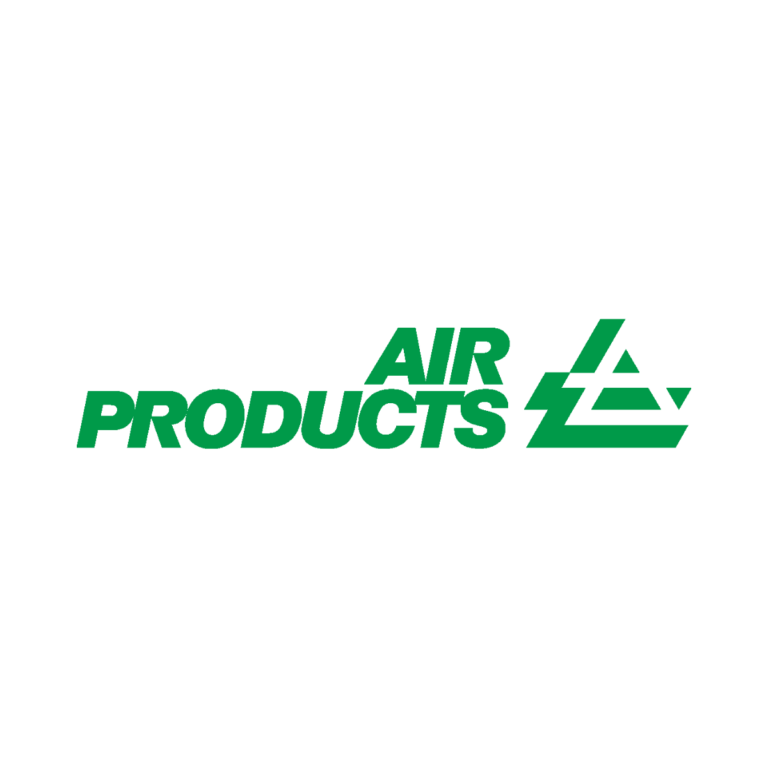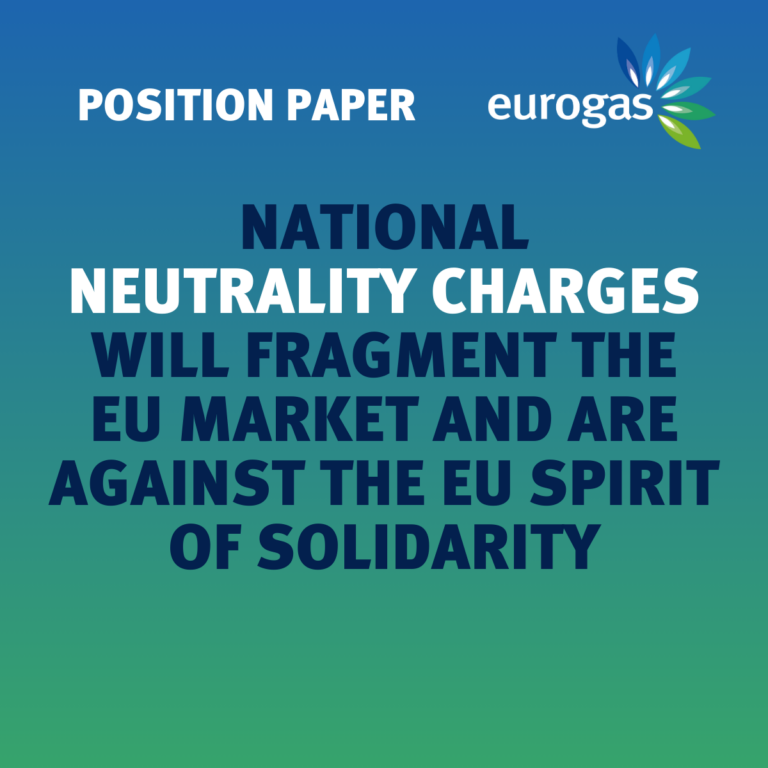With the protocols and technology available today, gas operators can drastically reduce fugitive methane emissions. The fact that methane negatively impacts the climate 25 times more than carbon dioxide within the first 100 years, means we must act now. Methane emissions reporting and reduction could well be the single greatest lever to act on climate. Picarro offers the emissions measurement solutions that could be the bedrock of every utility’s emissions management and reporting process.
The natural gas value chain has a mandate to accurately measure, report, and reduce their emissions. This is clear from governments, regulators, communities, shareholders, global trade organisations, and financial markets. Distribution System Operators (DSOs) are no exception and are, in fact, important to helping the broader gas industry reduce methane emissions – not least through incorporating and scaling up the hydrogen and biomethane needed to decarbonise the network.
There is a significant opportunity around emissions management and reduction programs. These help operators to improve safety, reduce operational impacts on the environment, boost capital efficiency, and transform gas networks in order to achieve net zero operations, paving the way for sustainable and even safer natural gas distribution in the future.
The Picarro Emissions Measurement solution is powered by our breakthrough 3rd generation Emissions Quantification (EQ) algorithm and allows for a novel top-down emissions quantification that is based on true measurements from point sources, similar to a bottom-up calculation. It uses a unique leak-based, time-averaged approach which has been commercially proven with more than four years of successful implementation. It is important to note that without actual leak data it is impossible to accurately create representative measurement-based emissions factors for all assets.
The Picarro ecosystem has been commercially available since 2012 and leverages measurement hardware coupled with advanced software. This allows rapid analysis of data with an analytics solution that provides quantitative insights on natural gas leak emission rates. Emissions data is collected across a natural gas distribution infrastructure by advanced mobile leak detection (AMLD) at a sensitivity, speed, and scale not possible with other advanced methods. AMLD technology can report emissions rates for individual leaks and calculate aggregated emissions over individual pipelines, specific regions of interest, or an entire utility network.
With Picarro’s ultra-low minimum detection limit (MDL) and robust quantification algorithm, operators can build a full inventory of network emissions sources, mathematically-binned, based on flow-rate, over 4 orders of magnitude from 0.01 Standard Cubic Feet per Hour (SCFH) up to 100+ SCFH. They can also easily identify and remediate larger leaks for accelerated emissions abatement. The solution outputs measurement-based emission factors, which are calibrated and optimised for each operator. This is an enormous step-change over generic emission coefficients which are typically unrepresentative of specific assets. The Emissions Measurement solution contains unique new tools for achieving customer workflows including advanced visualisation through our Network Assessment Viewer (NAV) and emissions reporting capabilities compatible with OGMP 2.0 up to level-5 reporting.
There is a clear pathway to seizing control of fugitive methane emissions for any organisation, and it is time to embark on the journey. Knowing the total emissions volume of your organization is a critical early step toward being able to meaningfully reduce emissions and to be able to report and take credit for those reductions. With Picarro’s new Network Emissions Measurement solution, measure the emissions, report the outcome, and reduce over time to a sustainable future.
For more on Picarro see this Gas Tech Talk with Dr Renato Winkler:
